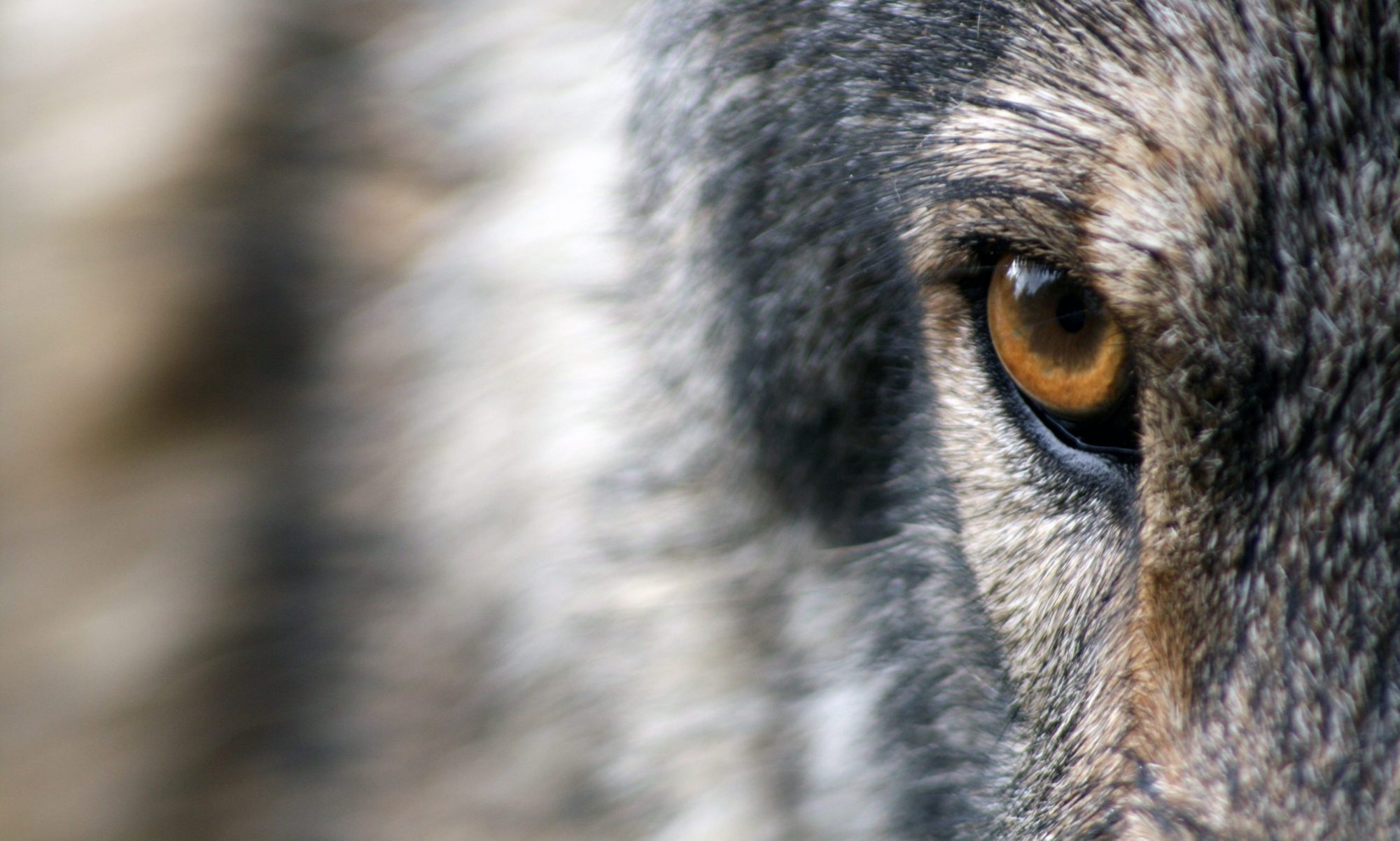In 1955, Karel Hartl began to consider crossing a Carpathian grey wolf with a German Shepherd(German: Deutscher Schäferhund, Czech: Německý ovčák, Slovak: Nemecký ovčiak) as a scientific experiment in the military kennels in Czechoslovakia. A few years later, however, the idea was born to establish a new breed. The first hybrids of a female wolf named Brita and a male German Shepherd named Cézar were born on 26 May 1958 in Libějovice.
Puppies of the first generation resembled the wolf in appearance and behavior. Their upbringing was difficult; training was possible, but the results hardly matched the effort. In adulthood, they were again bred with German Shepherds, decreasing the proportion of wolf blood to 6.25% in the fourth generation. Most individuals of the third and fourth generations were able to attend a normal course and could be placed in service performance. Compared with dogs they had better navigational skills, night vision, hearing, and sense of smell. In tests of endurance, hybrids finished the entire 100 km route without being exhausted.
A lecture by Hartl, “Results of crossing wolves with dogs”, brought major attention at the World Dog Show held in June 1965 in Brno and in Prague at the annual meeting of the Fédération Cynologique Internationale (FCI) and the International Cynologic Congress. In the following year, Ing. Hartl compiled a draft standard of a new dog breed. Mating of the wolf Brita with the German Shepherd Kurt then created the basis of a second line. A third line was made by joining the wolf Argowith the female German Shepherd Astra from the SNB. In 1977, a third-generation hybrid female named Xela of the border guards was covered by the wolf Sarika; he also mated with the female Orta of the border guards.
However, the breed-in-foundation repeatedly refused recognition, and in the 1970s, most breeding dogs were moved to the Slovak military kennels near Malacky, under the supervision of Vice commander Major František Rosík. In 1971–1981, litters were born only in Slovakia. In 1982, the Club of Czechoslovak Wolfdog Breeders (Klub chovatelů československého vlčáka) was founded in Brno, with authority over the entire territory of former Czechoslovakia.
In 1982, the breed was again presented for recognition by František Rosík through the Club of Czechoslovak Wolfdog Breeders (now divided into Czech and Slovak Breed Club), and this time, it was recognized by the Czechoslovak breeders’ associations as a national breed. The last addition of wolf blood took place in 1983. The wolf Lejdy of Ohrada Zoo in Hluboká nad Vltavou gave birth to the last line of the new breed, the father of the puppies being the German Shepherd Bojar von Shottenhof. Since that time, breeding has been carried out only in closed populations and the developed breed referred to as Czechoslovak Wolfdogs.
In 1989, it became provisionally recognized as FCI standard no. 332, group 1, section 1. It won the title of “World Champion” at the World Dog Show in Brno in 1990. Ten years later, in 1999, the breed confirmed its viability and met all the criteria of the FCI, earning full recognition of the Czechoslovak Wolfdog breed.
In 2012, the breed numbered 168 adult females and 170 adult males officially registered in the Czech Republic. As of January 2014, the most puppies each year are registered in Italy (up to two hundred), in the Czech Republic (about 100), and in Slovakia (about 50). The breed is growing in popularity in the UK too, with a number of Czechoslovak Wolfdogs working in Search and Rescue, supported by a dedicated Breed Club.


